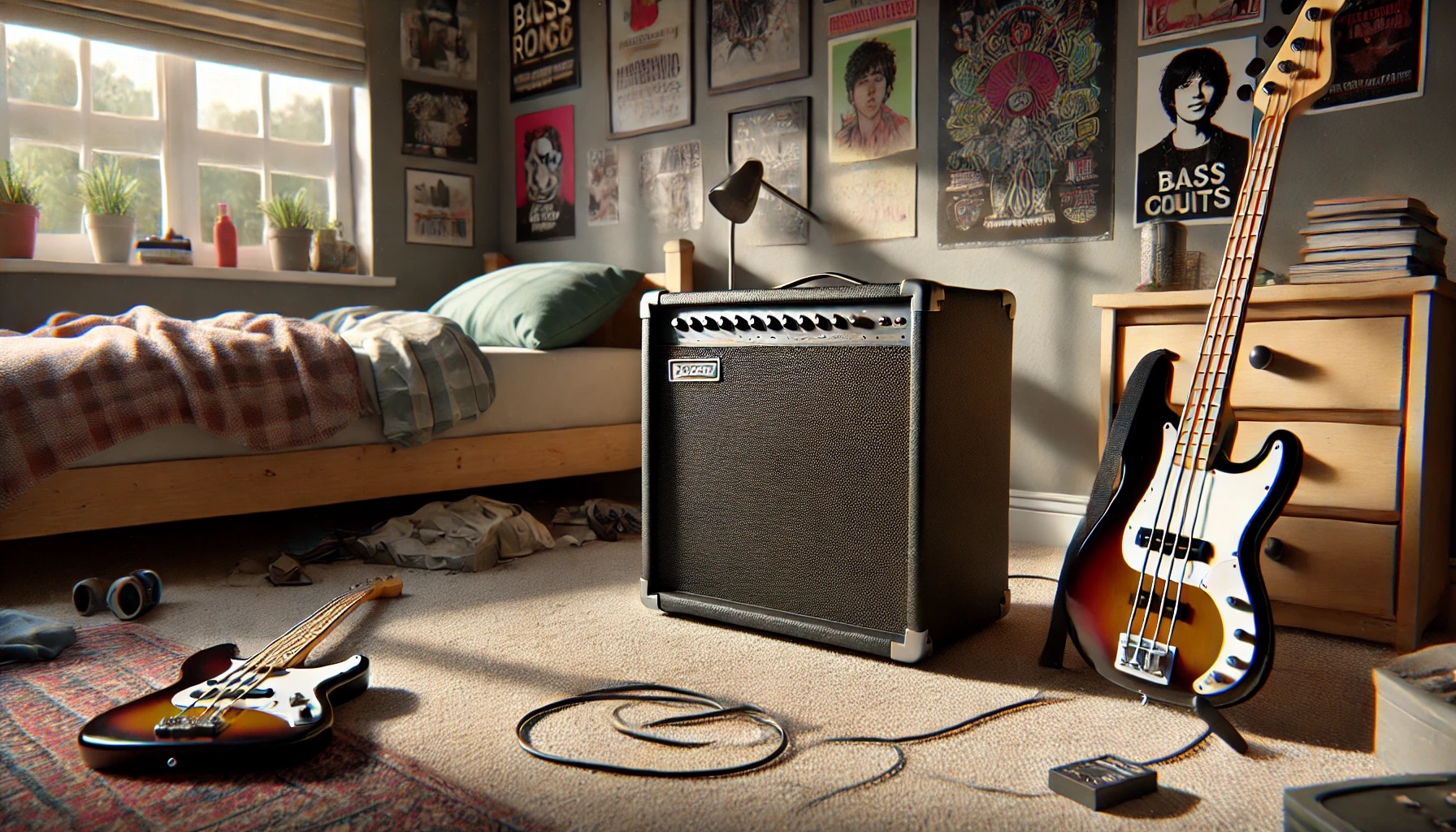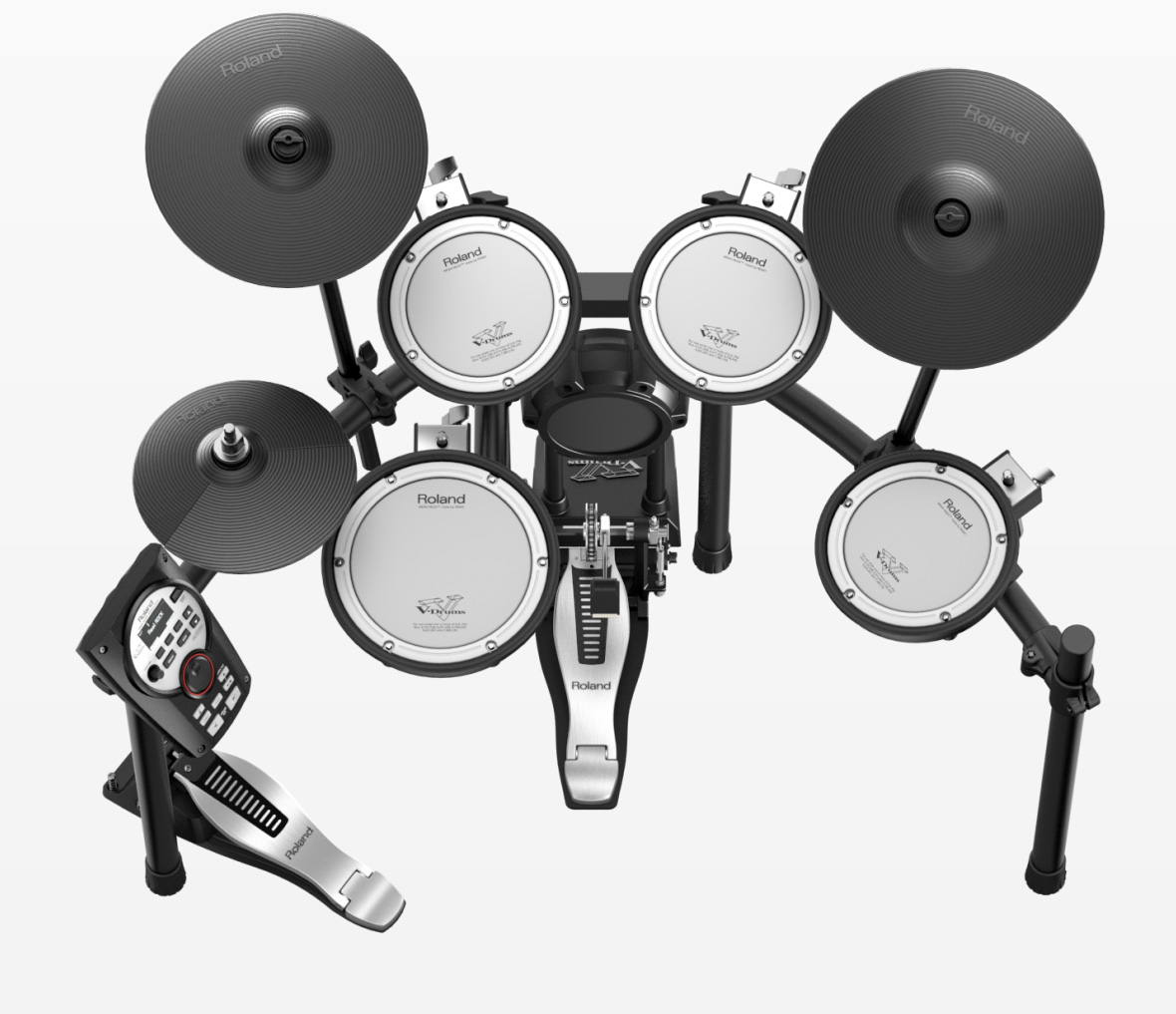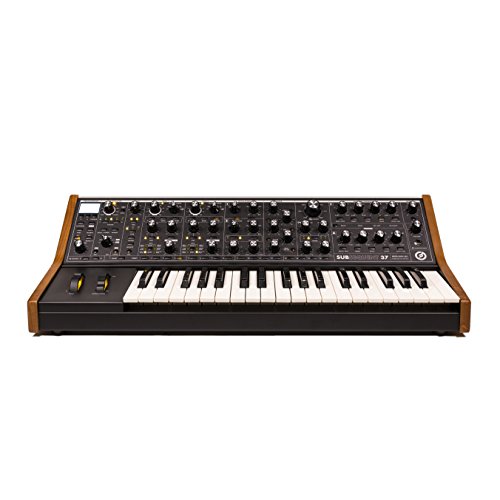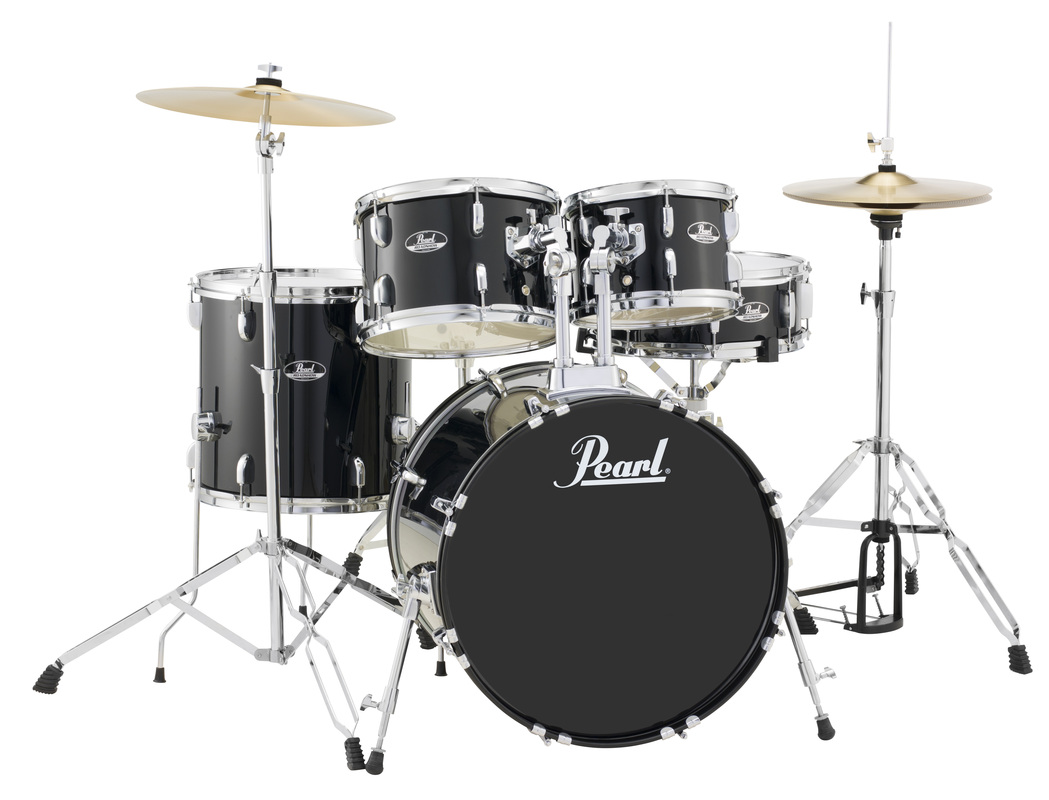
Anyone drowning in YouTube rabbit holes knows the feeling: endless compression tips, drum programming tricks, and mixing hacks that somehow never add up to a finished track. The music production education world has created a bizarre paradox where information overflows but actual skill-building remains as scattered as a drum kit after a toddler tantrum. Most aspiring producers pile up random techniques like musical Jenga blocks, only to watch everything topple when they hit their first real creative challenge.
7. The Real Problem: Your Knowledge Has No Foundation
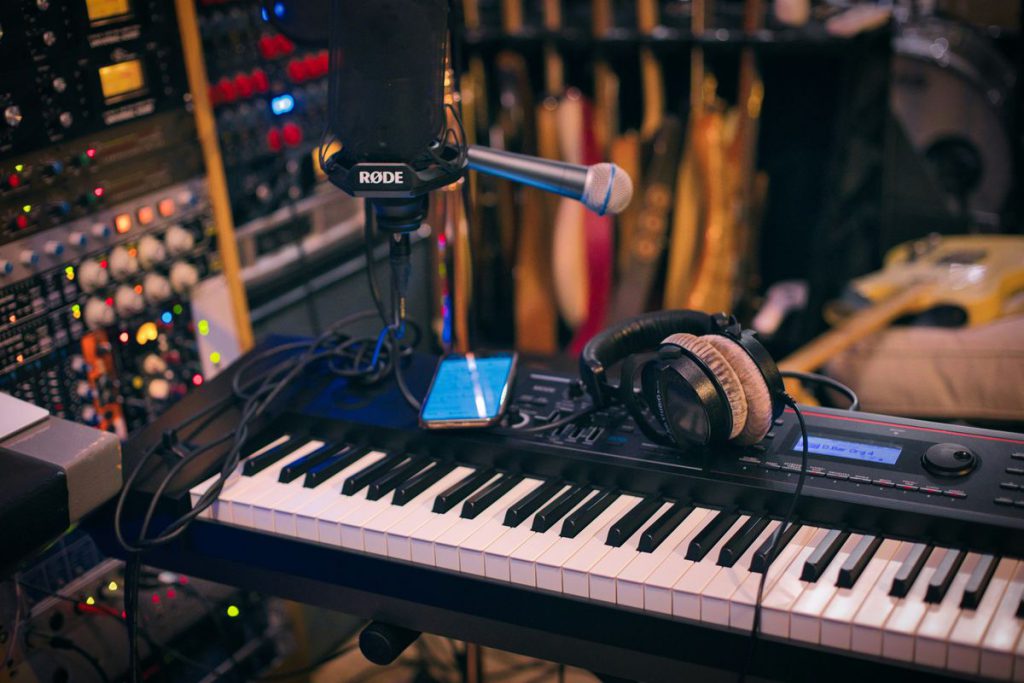
Tutorial addiction creates the illusion of progress while building nothing sustainable.
The issue isn’t lack of information, it’s the complete absence of structure in how that information gets absorbed. One week you’re learning punchy drums, the next vocal mixing, then MIDI programming, without understanding how these skills connect or build upon each other. This scattered approach works until you encounter a problem that exposes fundamental gaps in your knowledge base. Those “hidden prerequisites”, like understanding why compression matters rather than just applying it because tutorials suggest it. Only surface when you’re deep enough to realize what’s missing.
6. The Production Pyramid: Build From the Bottom Up
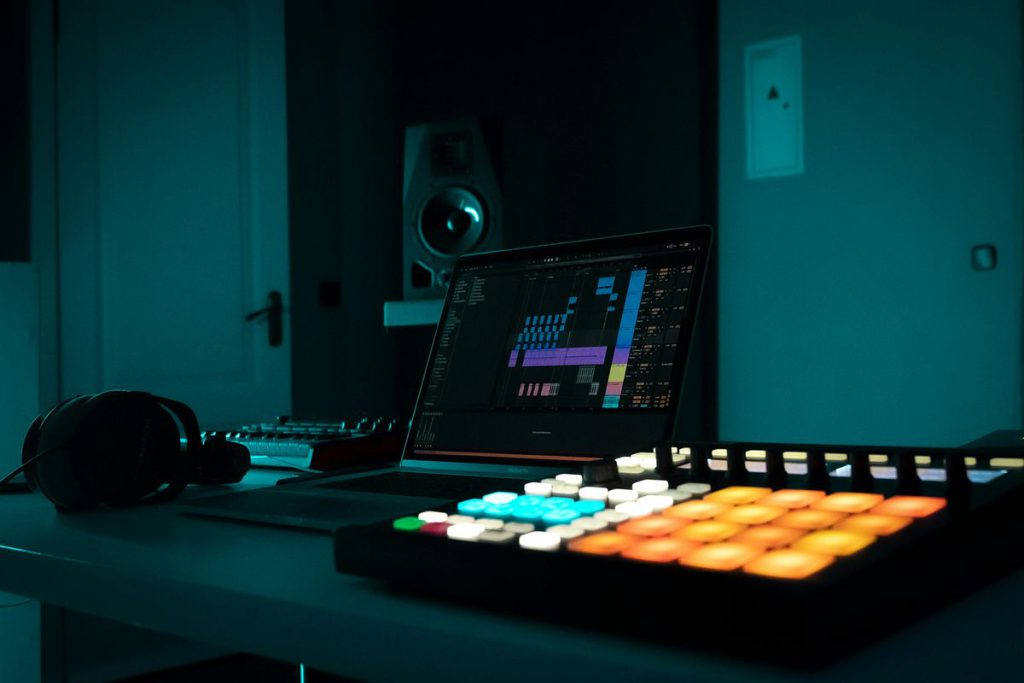
Master the foundation before adding floors to your sonic skyscraper.
Professional production follows a strict hierarchy that beginners consistently ignore. At the foundation sits songwriting and composition, where musical ideas take shape, establishing tempo, key, and basic structural elements. Above that comes arranging, organizing song parts and selecting instruments for cohesive structure. Recording captures sounds whether live instruments, vocals, or MIDI performances, typically one track at a time. Editing refines recordings by adjusting pitches and timings. Mixing combines all recorded elements, balancing levels and adding effects. Finally, mastering adds finishing touches for distribution across various playback systems.
This pyramid structure means each level depends entirely on the quality of work below it. No amount of mixing wizardry can salvage poorly composed or badly arranged material, a reality that tutorial culture conveniently ignores.
5. Foundation One: Deep Listening Beats Passive Consumption

Fifteen minutes of focused listening trumps hours of background music.
Before touching a single fader or plugin, develop critical listening skills through daily deep listening practice. This differs fundamentally from passive listening during walks or commutes by requiring focused, undistracted attention to identify specific characteristics within recordings. Spend 15 minutes daily with reference tracks that represent your desired production quality, cataloging every audible instrument, texture, and spatial decision.
Create your own terminology instead of immediately adopting industry jargon. If a sound quality strikes you as “flubal,” that personal reference point becomes more valuable initially than trying to understand abstract terms like “boxy” or “muddy.” Over time, connecting personal descriptors to industry-standard terminology creates deeper understanding than memorizing definitions without experiential grounding.
4. Foundation Two: Structure as Storytelling, Not Formula
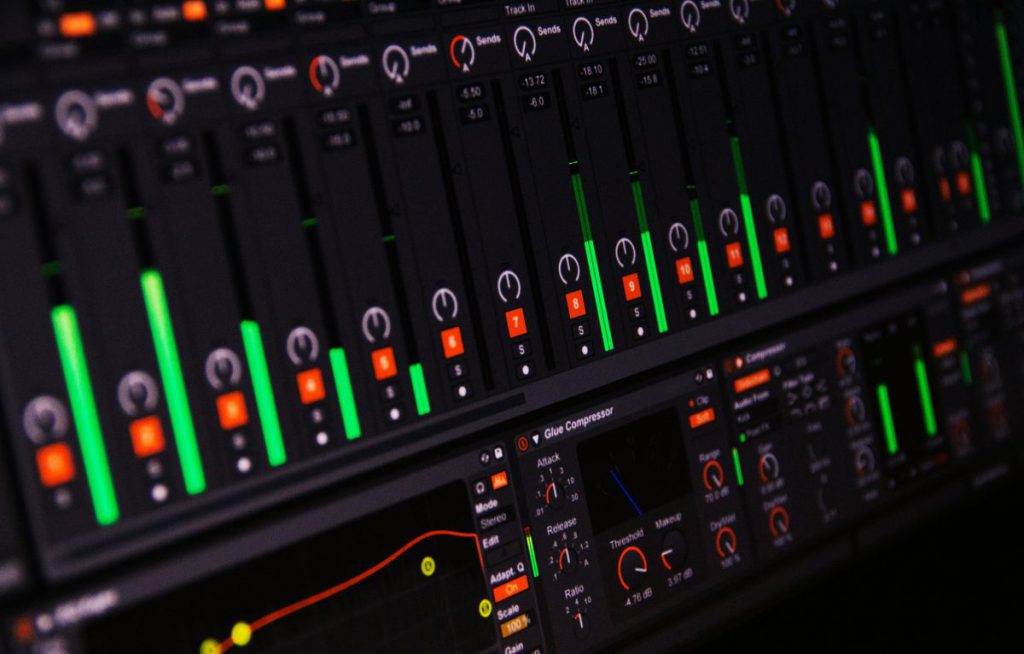
Energy mapping creates narrative tension that keeps listeners hooked.
Popular songs follow standard structural patterns—intro, verse, hook, bridge, outro—with hooks providing memorable elements and bridges adding variety. But thinking beyond traditional labels to map energy levels throughout compositions treats song structure like storytelling, avoiding the boring straight line from point A to point B in favor of dynamic ups and downs that create narrative tension.
Test whether your structural story works by starting with just chords and melody before adding production layers. If a song can tell compelling stories with minimal instrumentation, it possesses the main ingredient for good music. Ensure chorus energy distinctly differs from verse energy, make second verses slightly more energetic than first verses, and build to peak energy points that represent your story’s climax.
3. Foundation Three: Basic Instrumentation Without Overcomplication

Start with drums, bass, and basic elements—complexity comes after competency.
Begin with essential layers only: drums, bass, guitar, vocals, perhaps piano or synth. Understanding how to maximize basic elements provides foundation for complex layering later. Choose sounds that inherently suit your desired aesthetic, recognizing that starting with high-quality source material beats relying on mixing to fix poor choices.
For MIDI instruments, especially drums, create humanized performances by varying hit velocities rather than using uniform values that sound mechanical and lifeless. Listen to existing elements before adding new instruments, ensuring new parts complement rather than compete with established layers. Treat musical elements as dialogue where instruments respond and interact rather than operating independently.
2. Practice Separately From Creation

Learning covers teaches technique without creative pressure.
Most musicians practice by making original songs, creating problematic attachment to works-in-progress while experiencing learning frustrations. Instead, separate skill development from creative expression through structured exercises:
- Browse sound libraries regularly to build familiarity with sonic palettes
- Recreate existing songs to learn production techniques with clear reference guides
- Use broad, obvious adjustments when learning tools like EQ and compression to clearly hear effects before progressing to subtle corrections
This separation allows experimentation, failure, and refinement without emotional investment—similar to guitarists learning covers before writing originals. Save recreated sounds as personal presets to build curated libraries of reference-quality starting points.
1. Advanced Layering and Mixing Reality Check

Mixing refines good material—it doesn’t transform bad recordings into gold.
Once basic instrumentation is solid, progress to additional layering by analyzing which frequency ranges existing elements occupy and deliberately filling gaps rather than adding redundant content. Create additional elements that blend seamlessly rather than obviously standing out, distributing elements across the stereo field so no two occupy identical spatial positions.
Position mixing as the smallest component of the production pyramid rather than a fix-all solution. Great production stems from excellent sound selection and arrangement, not mixing wizardry. Focus on level balancing—considered the most critical mixing element—by working in mono to identify competing elements before checking stereo balance. Maintain defining qualities of each instrument rather than over-processing to the point of losing character.














